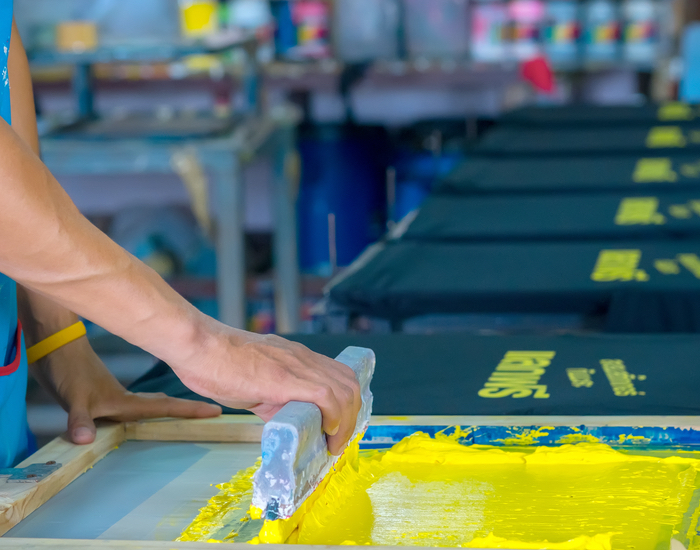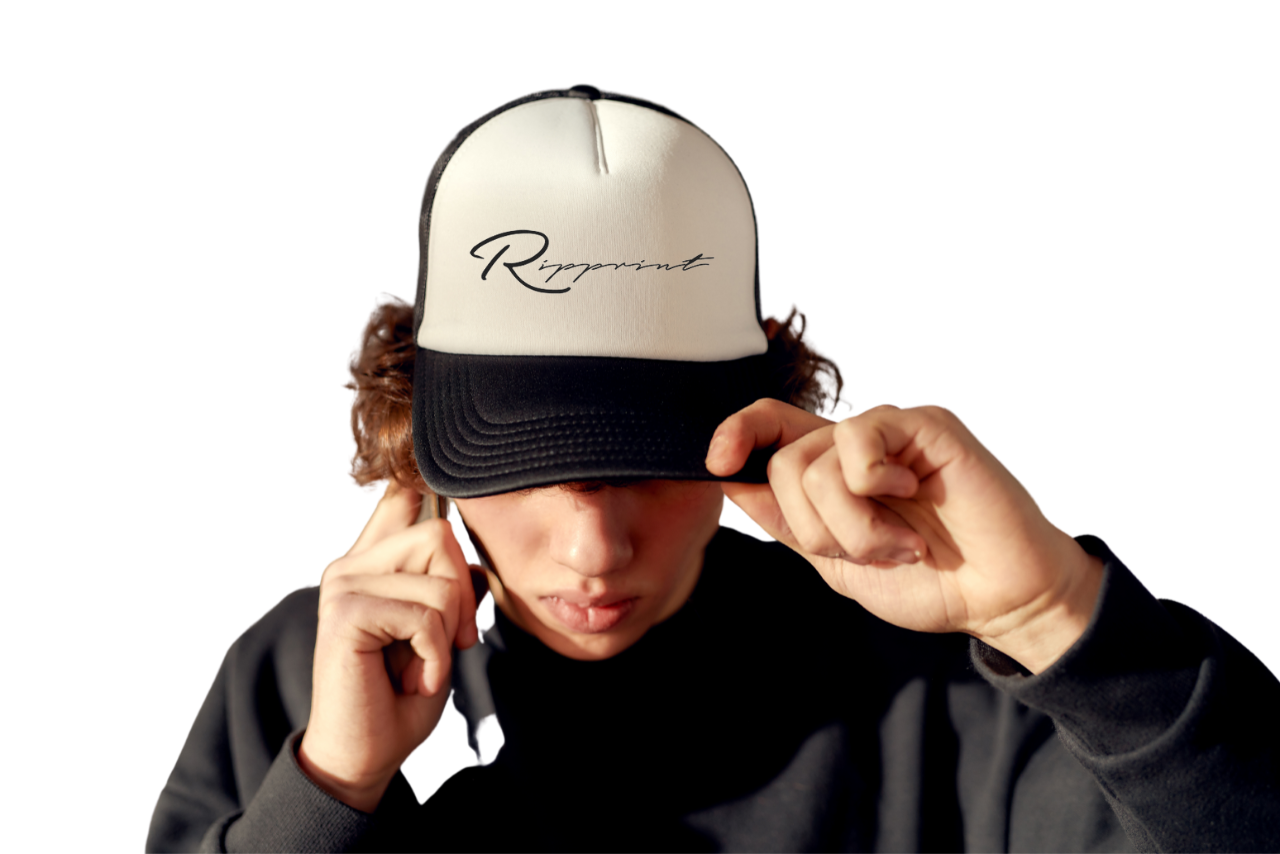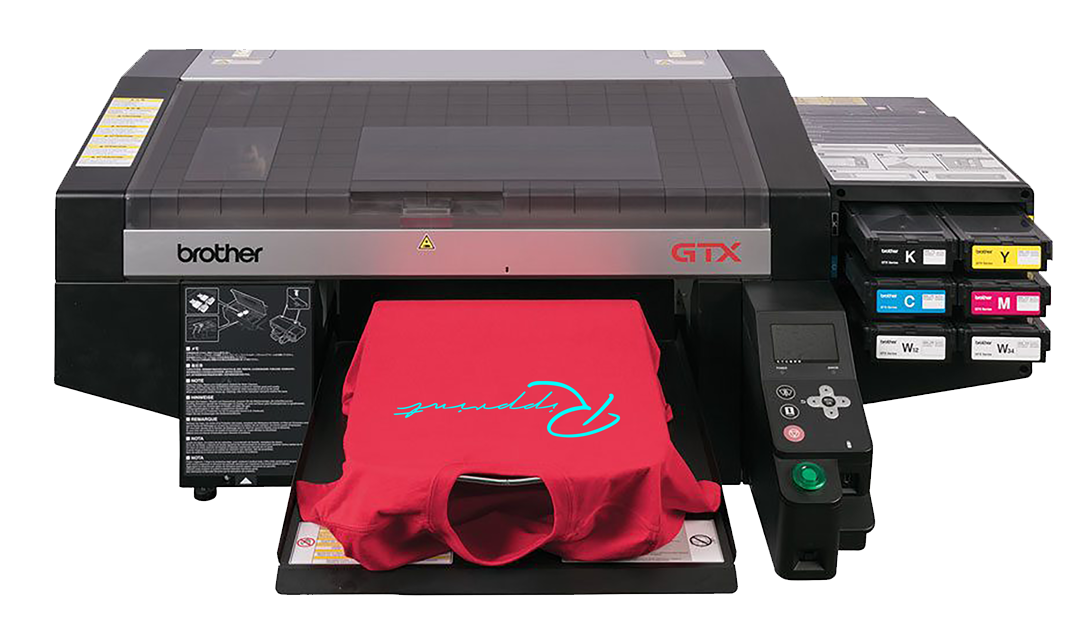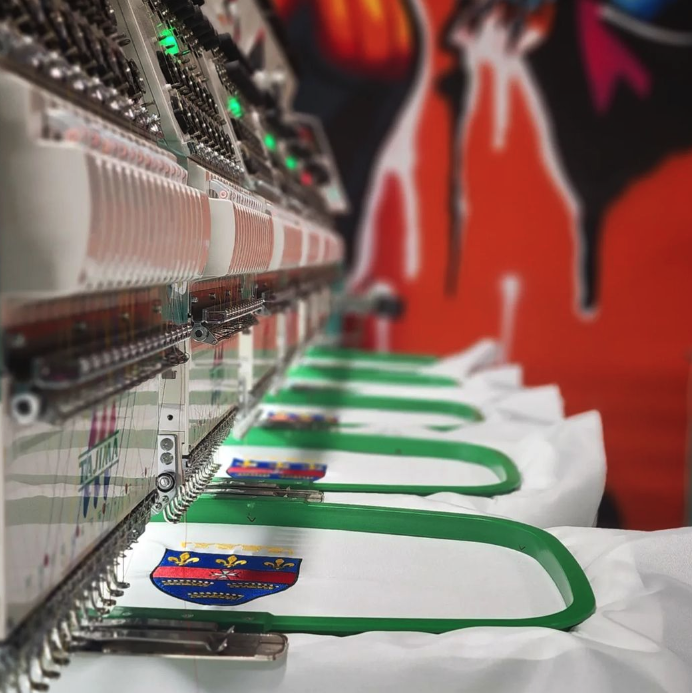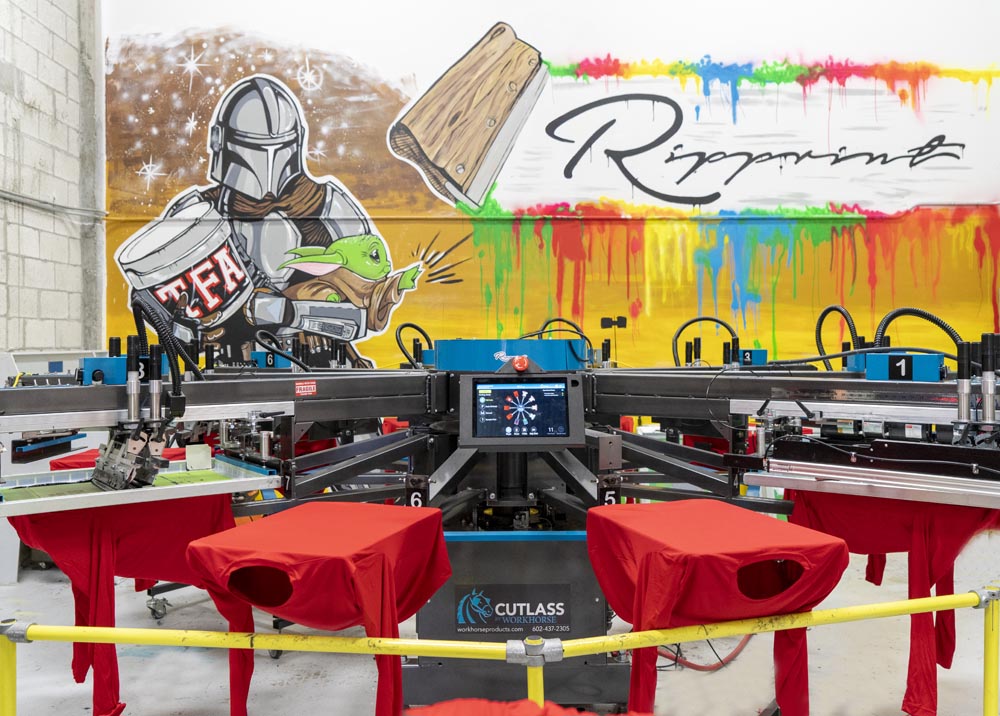Are you passionate about t-shirt screen printing? Do you want to create designs that stand out and capture attention? Whether you’re a seasoned screen printer or just starting out, these five tips will help you take your t-shirt designs to the next level. From choosing the right colors to considering the placement of your design, we’ve got you covered. Let’s dive in!
Introduction
T-shirt screen printing is a popular method for creating unique and eye-catching designs on apparel. Whether you’re designing t-shirts for a business, an event, or just for fun, it’s important to consider various factors that contribute to a successful design. By following these five tips, you can create t-shirt screen printing designs that are visually appealing, engaging, and memorable.
Tip 1: Understand Your Audience
Before diving into the design process, it’s crucial to understand your target audience. Who will be wearing the t-shirts? What are their preferences, interests, and demographics? Conducting market research or surveys can provide valuable insights into your audience’s preferences, allowing you to tailor your designs accordingly. By understanding your audience, you can create designs that resonate with them and effectively convey your message.
Tip 2: Choose the Right Colors
Color plays a vital role in t-shirt screen printing designs. It can evoke emotions, convey messages, and make your designs visually appealing. When selecting colors, consider the psychology behind each hue and how it aligns with your design’s purpose. Additionally, ensure that the chosen colors complement each other and create a harmonious composition. Experiment with different color combinations to find the perfect balance that captures attention and expresses your desired aesthetic.
Tip 3: Pay Attention to Design Placement
Design placement on a t-shirt can greatly impact its overall look and appeal. Consider the size, shape, and position of your design. Whether it’s front and center, on the sleeve, or backside, the placement should enhance the visual impact of your design. Keep in mind that different positions may require varying design sizes and orientations. Take the time to explore different placement options to create visually balanced and engaging designs.
Tip 4: Focus on Simplicity and Clarity
When it comes to t-shirt screen printing designs, simplicity is often key. Aim for designs that are easily understandable at a glance. Avoid overcrowding the design with excessive elements or intricate details that may be lost in the printing process. Instead, focus on creating clear and concise visuals that communicate your message effectively. Remember, sometimes less is more, and a simple yet impactful design can leave a lasting impression.
Tip 5: Consider the Printing Process
Understanding the screen printing process is crucial for creating designs that translate well onto t-shirts. Keep in mind factors such as ink types, color separations, and printing limitations. Certain design elements, such as fine lines or gradients, may be challenging to reproduce accurately in screen printing. By considering the printing process during the design phase, you can optimize your designs for the medium, resulting in high-quality prints that truly shine.
Conclusion
Creating great t-shirt screen printing near me designs requires a combination of creativity, understanding your audience, and considering the technical aspects of the printing process. By following the five tips mentioned above, you can elevate your designs and make them visually appealing, engaging, and memorable. So, go ahead, unleash your creativity, and start designing t-shirts that will leave a lasting impression.
FAQs
Q1: How many colors should I use in my t-shirt screen printing design?
A1: The number of colors you should use depends on various factors, such as your design’s complexity, budget, and printing capabilities. It’s advisable to consult with your screen printer to determine the optimal number of colors for your specific design.
Q2: Can I use photographs in t-shirt screen printing designs?
A2: While it’s possible to incorporate photographs into screen printing designs, it’s important to consider the printing process’s limitations. Photos may require additional color separations and might not reproduce as accurately as vector-based graphics. It’s recommended to consult with your screen printer to assess the feasibility of using photographs in your designs.
Q3: Should I consider the fabric type when designing for screen printing?
A3: Yes, the fabric type can influence the final outcome of your screen printing design. Different fabrics may absorb ink differently, affecting the color vibrancy and durability of your design. It’s advisable to work closely with your screen printer and consider fabric characteristics when creating your designs.
Q4: How can I make my t-shirt screen printing designs more unique?
A4: To make your designs stand out, explore different artistic styles, experiment with typography, and incorporate original illustrations or motifs. Additionally, consider incorporating elements that reflect your brand or the purpose of the t-shirts, making them more unique and memorable.
Q5: Can I create t-shirt screen printing designs digitally?
A5: Absolutely! Digital design software provides a wide range of tools and features that enable you to create intricate and visually stunning t-shirt screen printing designs. However, it’s important to ensure that your digital designs are optimized for the screen printing process before sending them for production.


